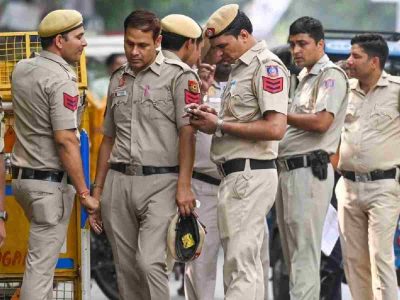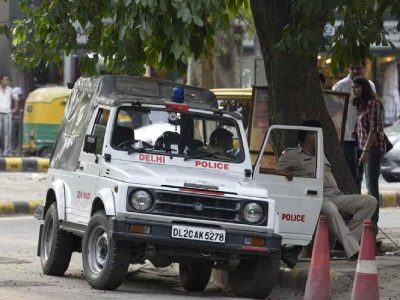The Archaeological Survey of India (ASI) Delhi Circle is grappling with an additional fund shortfall of around Rs 3 crore, a Right to Information (RTI) query has revealed.
Earlier, Patriot confirmed through its sources in ASI that the department was already dealing with a funding gap exceeding Rs 3 crore, leading to the temporary suspension of several projects in the national capital. However, the latest RTI data indicates an increased financial shortfall and additional monuments whose conservation has been stalled.
Key heritage sites left in limbo
The RTI disclosed the names of five heritage monuments and their respective budgets, where conservation work has come to a standstill.
Several historical sites require urgent restoration, demanding significant funds to ensure their preservation. The estimated costs for restoration are as follows:
- Qudsia Mosque: Rs 27,84,357
- Three Gumtis at Hauz Khas: Rs 73,43,850
- Chhote Khana and Bade Khan Tombs: Rs 33,82,227
- Fortification wall at Kotla Firoz Shah: Rs 49,12,925
- Approach pathway at Balban Tomb, Mehrauli Archaeological Park: Rs 85,42,151
Altogether, these conservation efforts require Rs 2.70 crore to proceed.
The restoration work includes critical tasks such as waterproofing, raking and pointing, underpinning of damaged structures, stone cleaning, surface restoration, and the removal of unwanted vegetation.
Previously stalled projects
Several prominent heritage sites in Delhi have already faced conservation delays. An ASI official said, “The restoration work for Bada Gumbad at Lodhi Garden, Safdarjung Tomb, Humayun’s Tomb, and the Red Fort had been suspended. The estimated cost for the conservation of these four monuments ranges between Rs 2 crore and Rs 3 crore.”
These monuments attract significant footfall, both from national and international visitors. The Red Fort alone receives over 2 million visitors annually, while Safdarjung Tomb attracts approximately 1.3 million visitors, and Humayun’s Tomb sees around 700,000 visitors each year. Additionally, these sites serve as popular filming locations for Bollywood and web series productions.
Conservation setbacks at other sites
Another significant project facing delays is the restoration of Satpula, an 800-year-old water harvesting dam located in Malviya Nagar. Built during the reign of Sultan Muhammad Shah Tughlaq (1325–1351), the site had a detailed project report (DPR) prepared in November 2023, with an estimated cost of Rs 45 lakh. However, due to a lack of funds, the project remains on hold.
Similarly, the conservation of the 400-year-old Barapullah Bridge has been suspended, with an estimated restoration cost of Rs 1.5 crore. Additionally, the last leg of conservation work at Khirki Masjid, which involves constructing 12 new pillars, has been stalled. The estimated cost for this project stands at Rs 50 lakh.
Budget constraints and funding challenges
Senior officials from ASI Delhi have cited multiple factors contributing to the financial crunch, including expenses related to last year’s Lok Sabha elections and the 46th session of the World Heritage Committee, which was held in Delhi.
Also Read: Is ASI’s night tourism drive finding enough takers?
In July last year, ASI was allocated Rs 1,273.91 crore in the Union Budget for 2024-25, compared to Rs 1,131.08 crore in the previous budget. The overall budget for the culture sector in 2024-25 stands at Rs 3,260.93 crore, a decrease from Rs 3,399.65 crore allocated the previous year. In the most recent budget session, ASI was granted Rs 1,278.49 crore, a slight increase from the previous allocation.
An ASI official remarked, “There has been a major shortage of funds. We are hopeful that we will receive a larger share of the budget this time so that conservation work on all the stalled monuments can begin soon.”
With several key heritage sites in urgent need of conservation, the question remains: will these historical treasures receive the funding they desperately require, or will they continue to deteriorate due to financial constraints?





